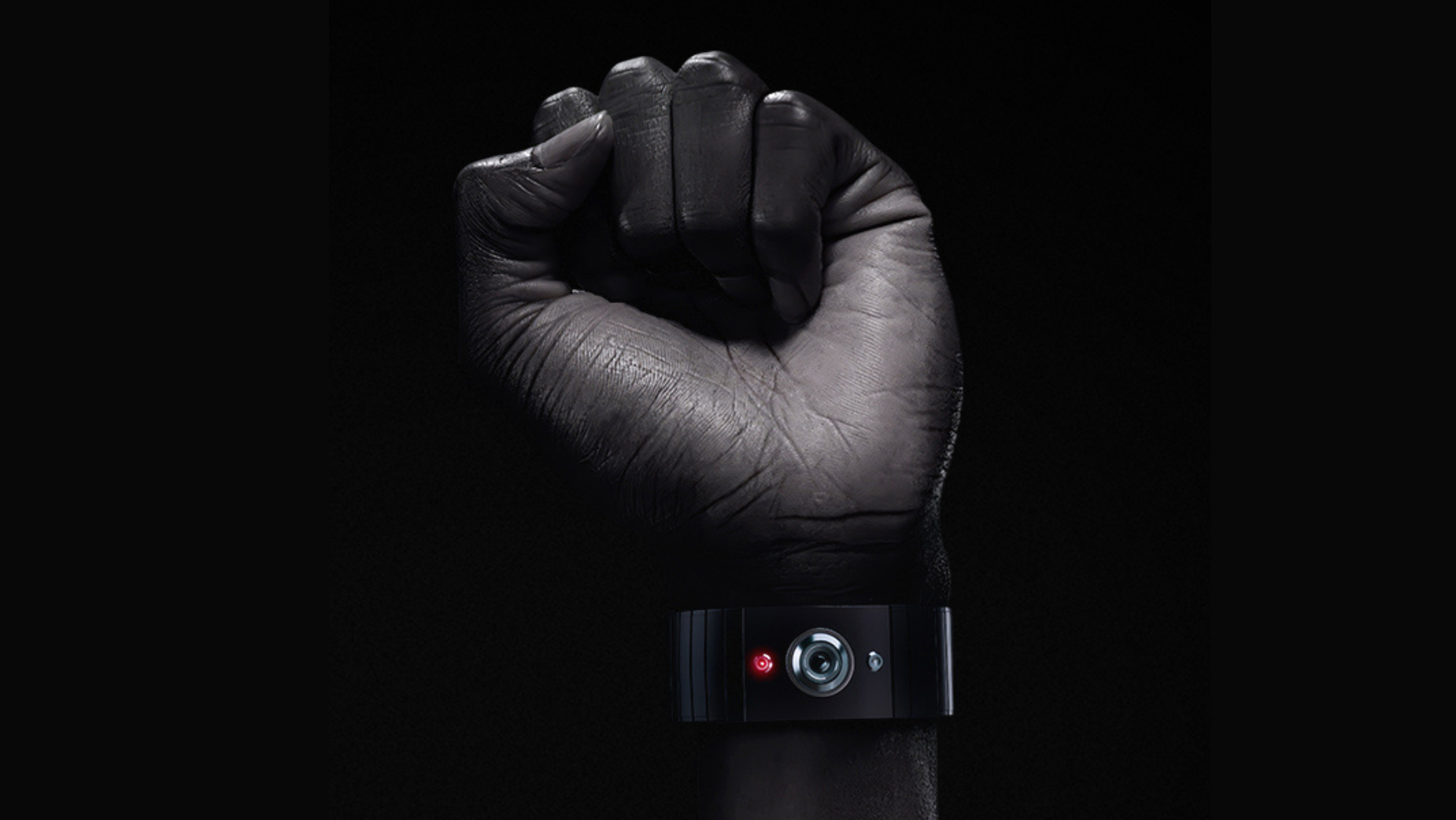The best lenses for the Nikon D750 in 2025, from ultra-wide zooms to super-telephotos
We pick the best lenses for the Nikon D750, one of Nikon's longest running full frame DSLRs
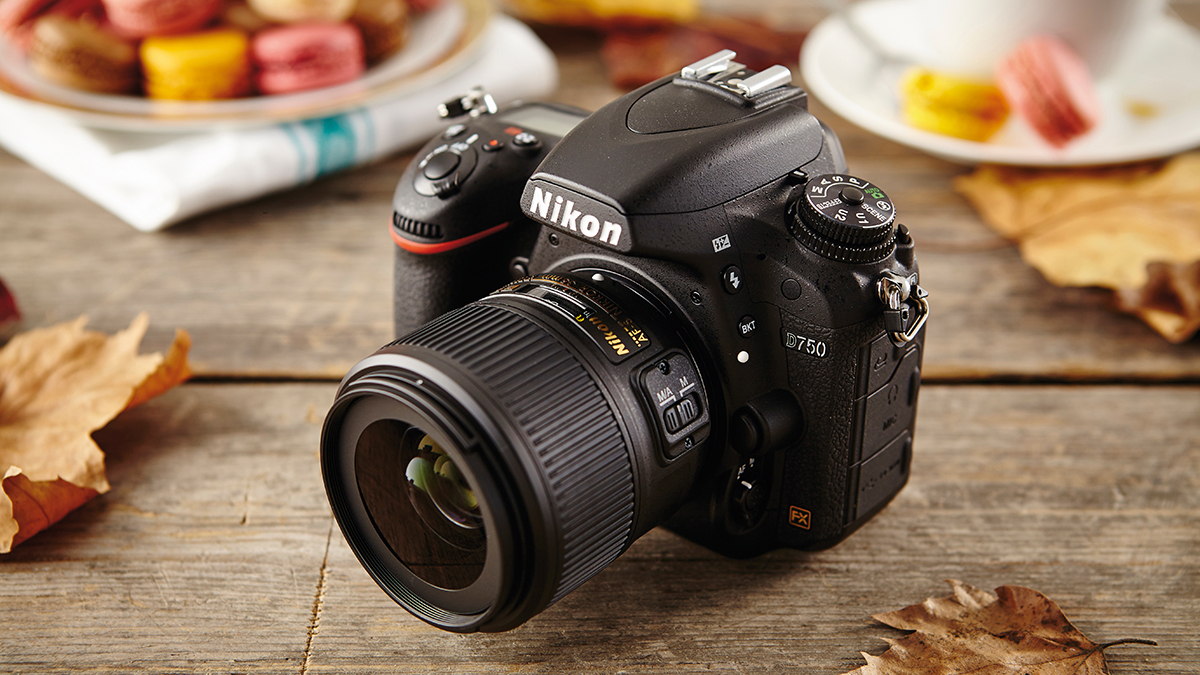
When it was released in 2016, the Nikon D750 was a bit of a game-changer. Rather surprisingly, it outperformed many of Nikon’s other full-frame DSLRs when it came to low-light shooting. It was an affordable way into the FX full-frame DSLR line-up and still makes a great used buy, bringing with it compatibility with a whole host of FX lenses.
Much cheaper than the Nikon D810, which was the preferred model of pros at the time, the D750 offers great value for money. It has great high ISO image noise handling, which it produces minimally and uniformly across the frame making it ideal for weddings, real estate and astrophotography.
While you can use DX crop-sensor lenses with this camera, users should instead opt for the optically superior FX glass on offer. After all, that’s why anyone would purchase the D750 because there are, now, better performing full-frame DSLRs from Nikon such as the current D850. That, plus the smaller form factor and the fact it’s lighter than most other full-frame models, makes this a portable FX DSLR perfect for a range of photographer types.
I’ll be walking you through my round-up of the best lenses for the Nikon D750, covering a range of options for all kinds of photographers. Whether you need a macro lens that also shoots portraits, an ultra-wide lens for astro, or a general purpose zoom, I’ve got you covered. However, if you’re itching for something that doesn’t appear on my list, check out our best nikon lenses guide. For something with a bit of extra reach, be sure to see our guide to the best 150-600mm lenses.

Jase Parnell-Brookes is an award-winning photographer, educator and writer based in the UK. They won the Gold Prize award in the Nikon Photo Contest 2018/19 and was named Digital Photographer of the Year in 2014. After completing their Masters, Jase has spent a good chunk of two decades studying and working in photography and optics. Now the Channel Editor for Cameras and Skywatching at Space.com, their speciality is in low-light optics and camera systems.
The Quick List
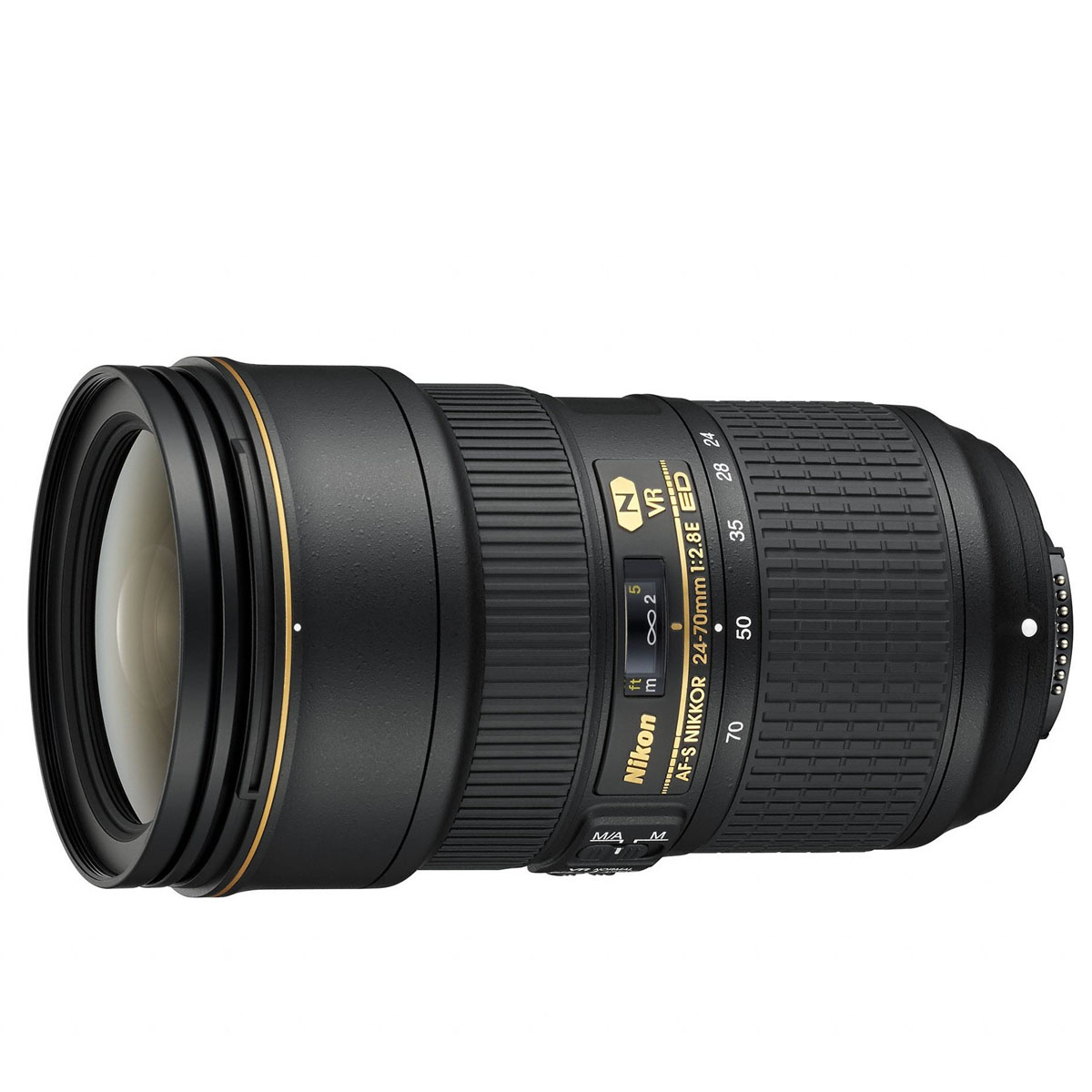
This is a workhorse of a lens, with a robust build and weather sealing. It’s also brilliant at delivering sharpness and handling low light. Read more below…
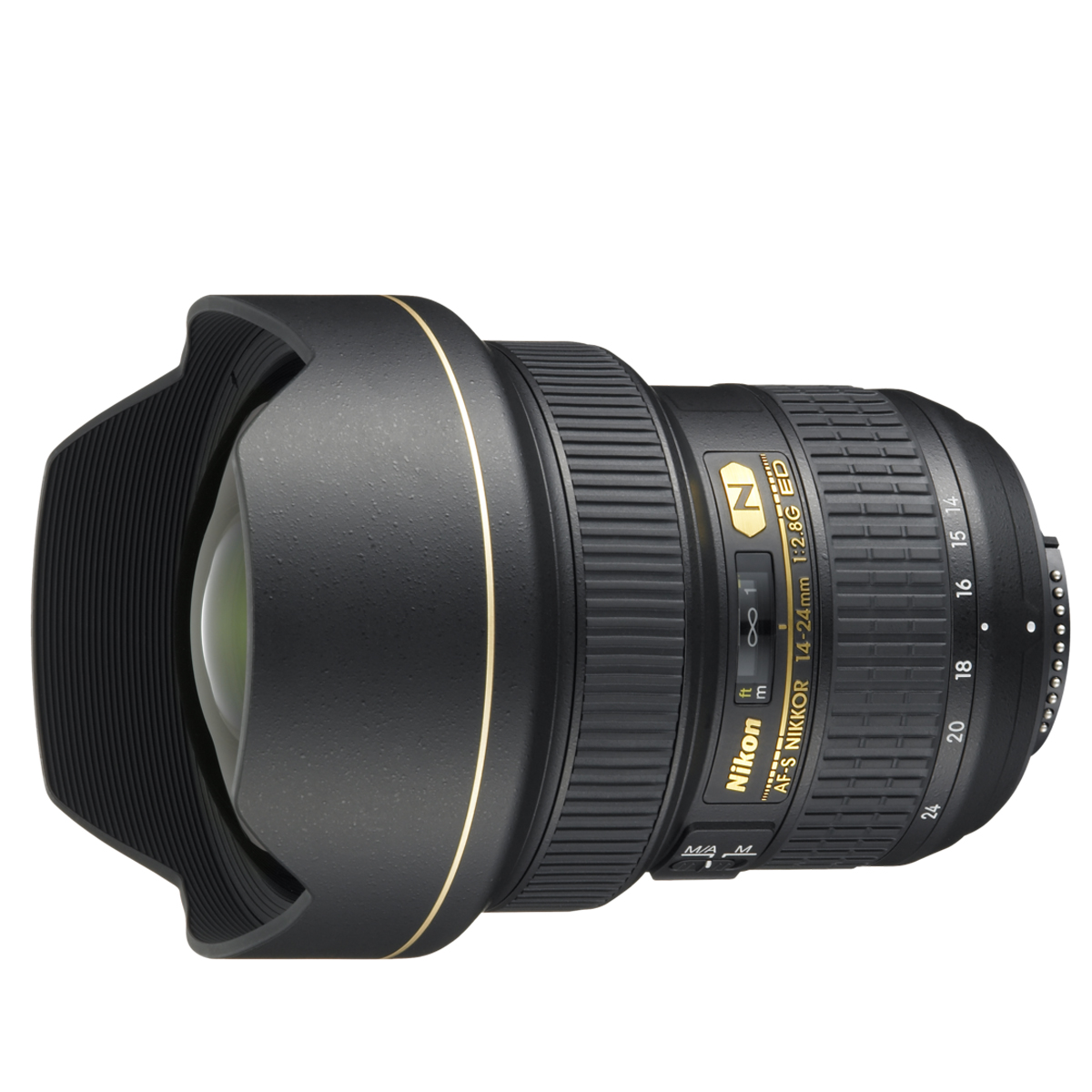
Ideal for landscapes and architecture, this zoom can take the blinkers off your photography with its epic maximum viewing angle. Read more below…
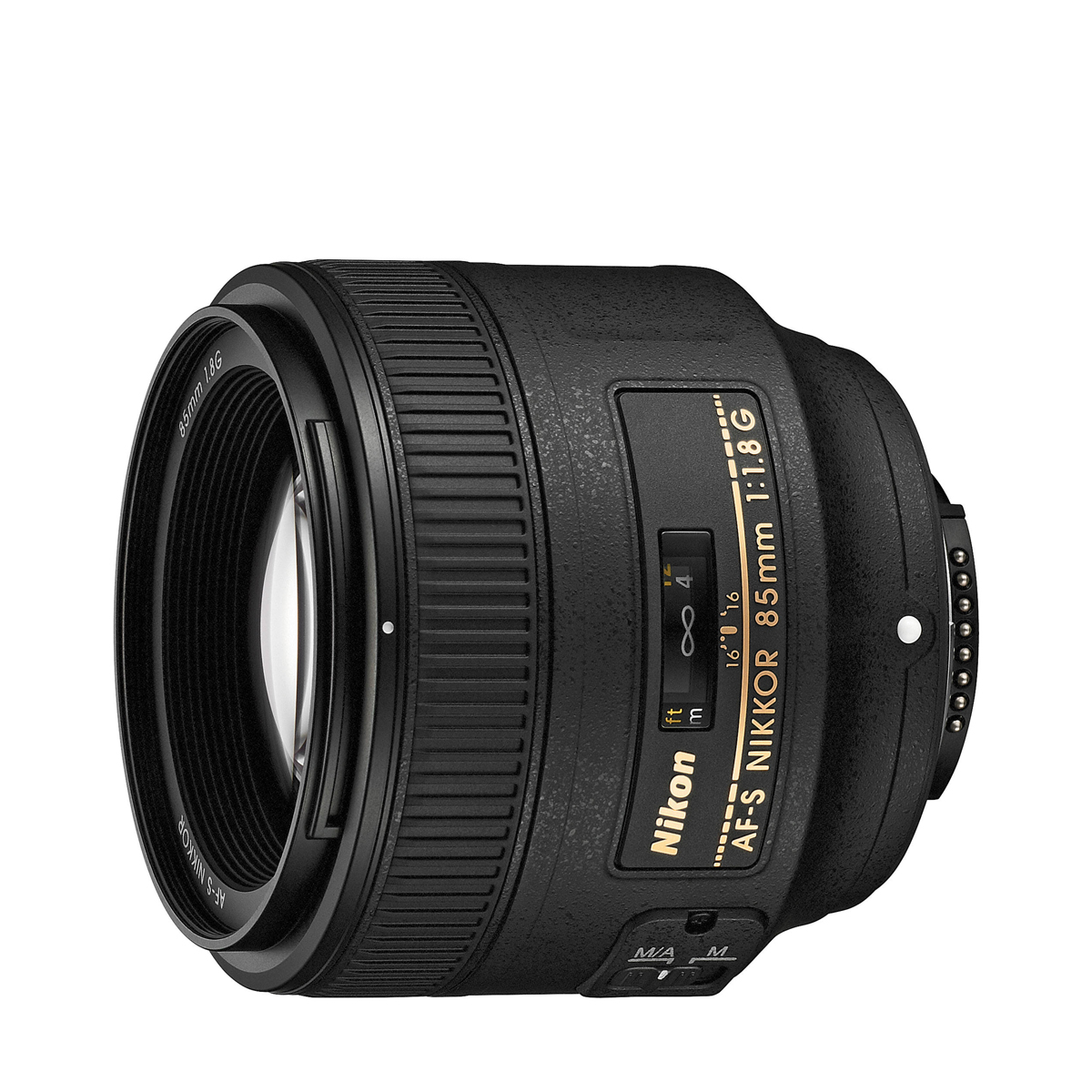
Nikon also has a slightly faster 85mm f/1.4G, but this alternative delivers plenty of quality and lovely bokeh for much less outlay. Read more below…
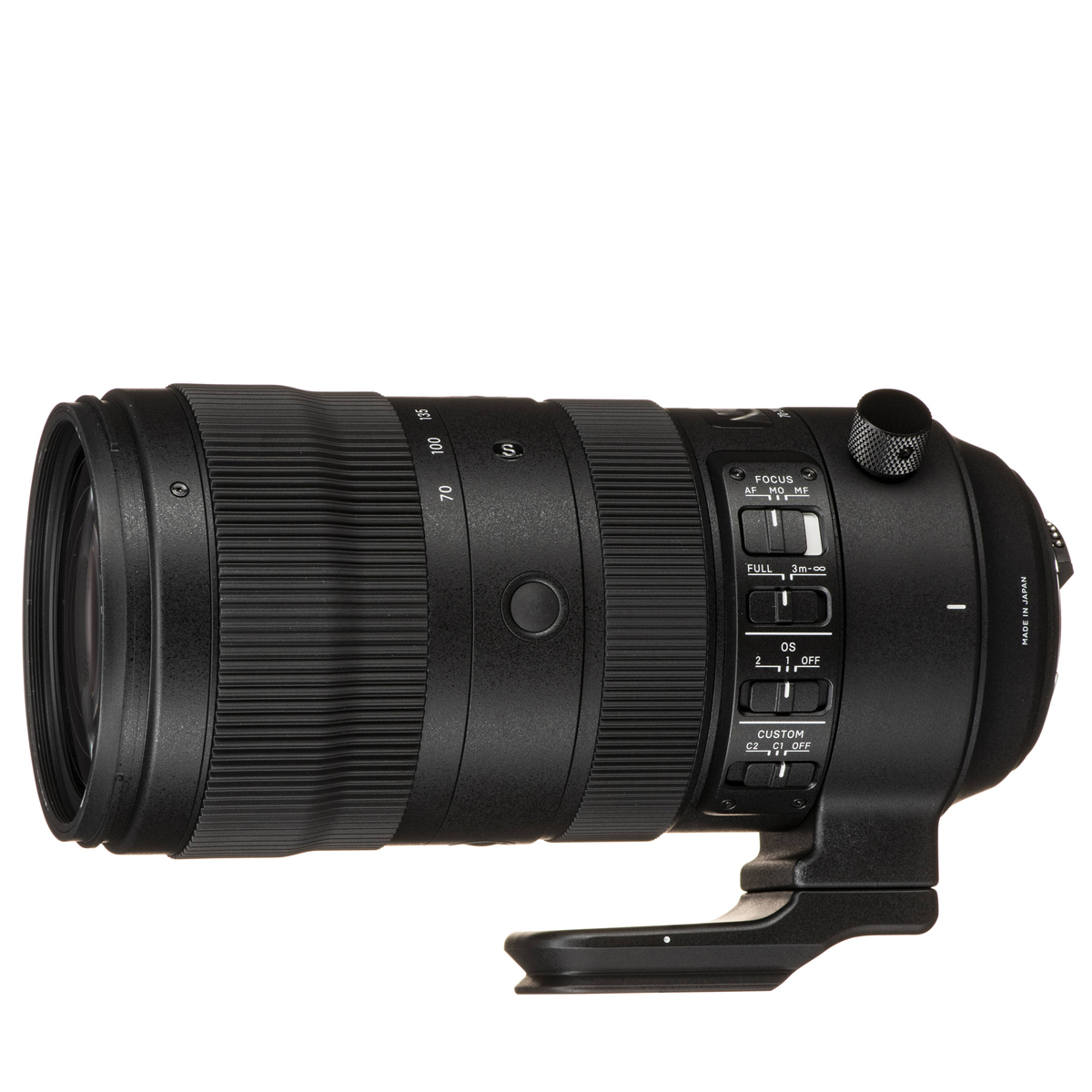
Many pro photographers find a 70-200mm f/2.8 essential to their work, and this is a terrific – and affordable – demonstration of why that is. Read more below…
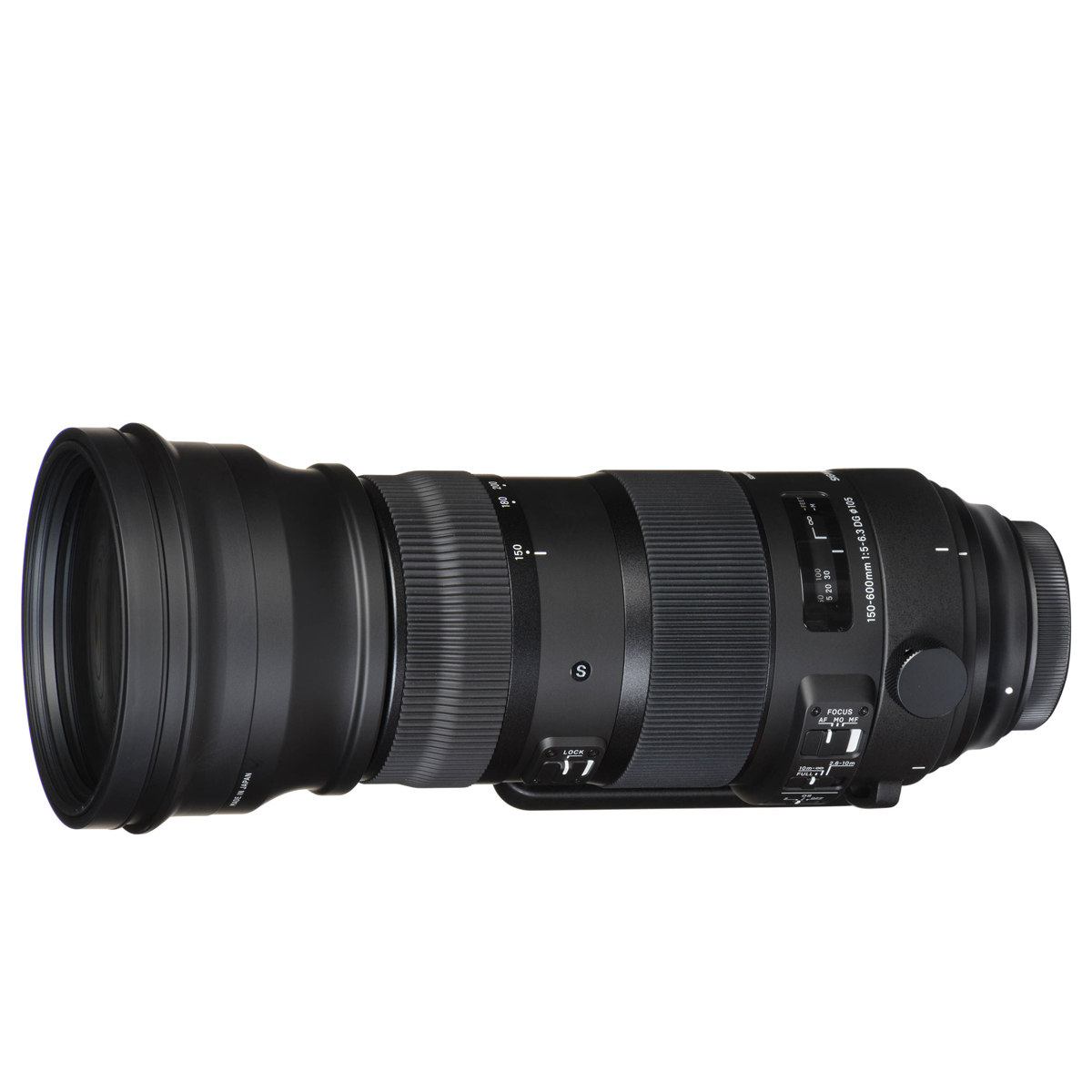
This zoom has a mighty reach that really covers the distance, which I love for sports and wildlife photography. Read more below…
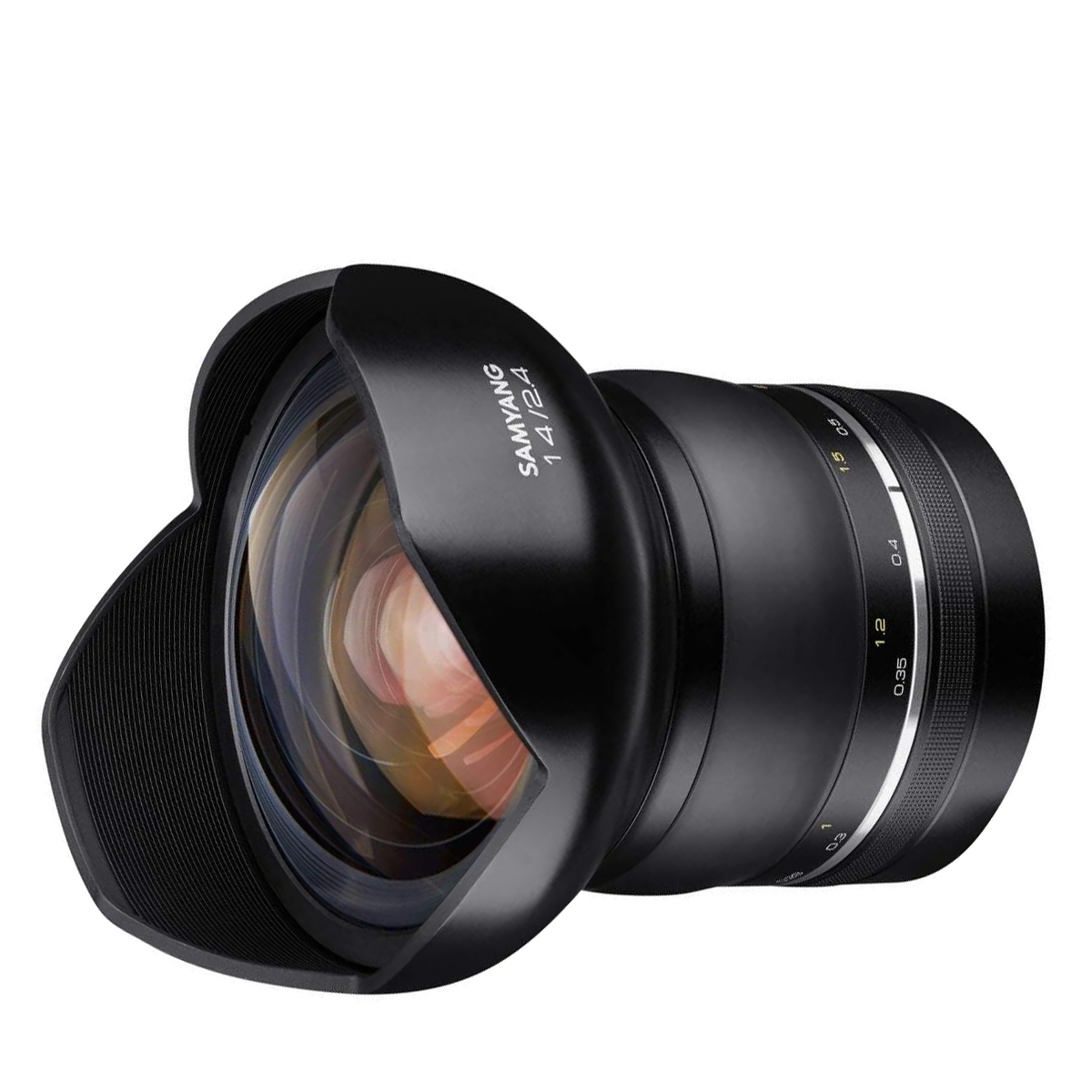
Sold as the Rokinon SP 14mm in North America, this ultra-wide prime drinks in every detail and copes brilliantly with night skies. Read more below…
View the full list ⤵
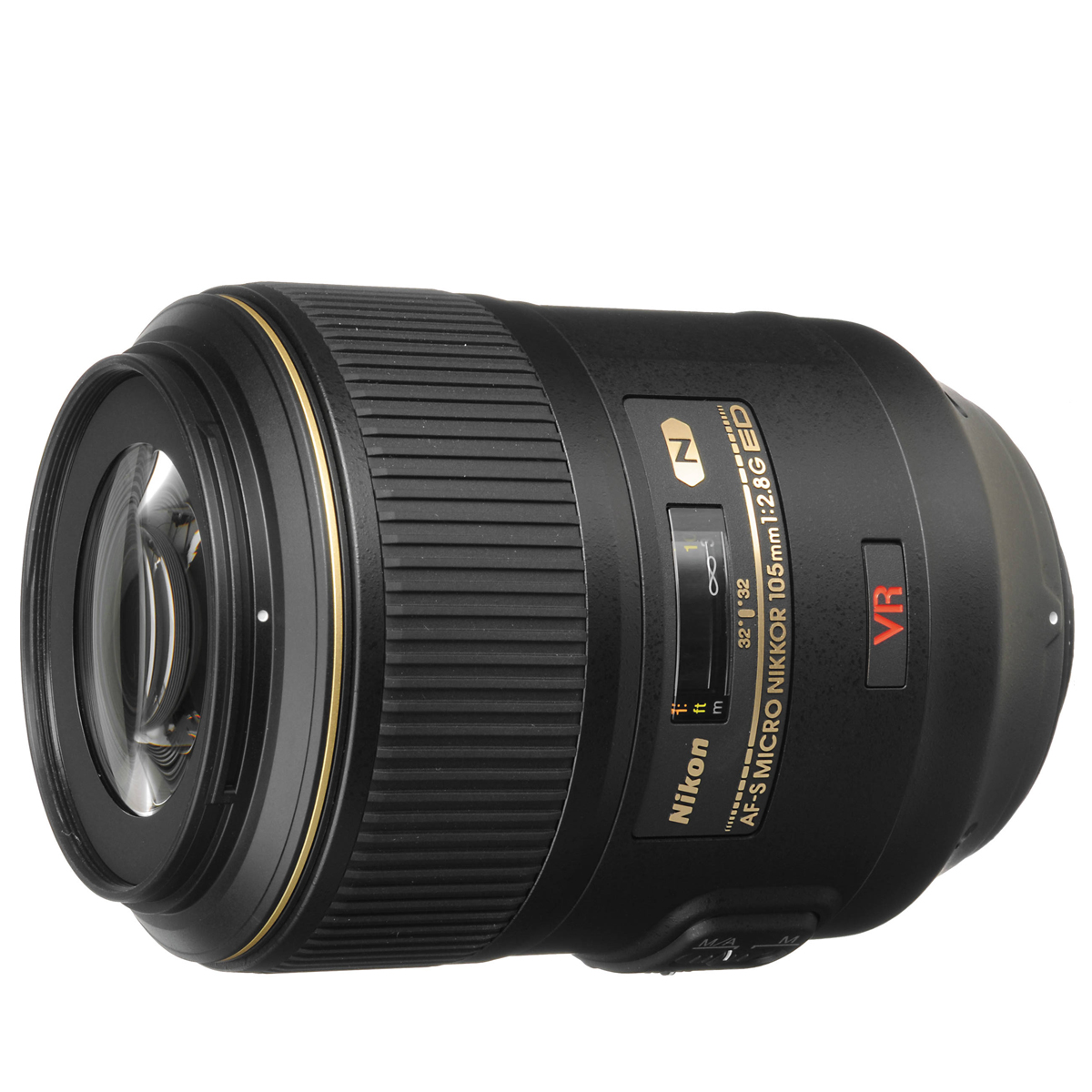
This prime delivers 1:1 lifesize magnification for capturing tiny subjects, while its 105mm focal length is also handy for portraits. Read more below…
Best lenses for the Nikon D750
Why you can trust Digital Camera World
Best everyday lens for the D750
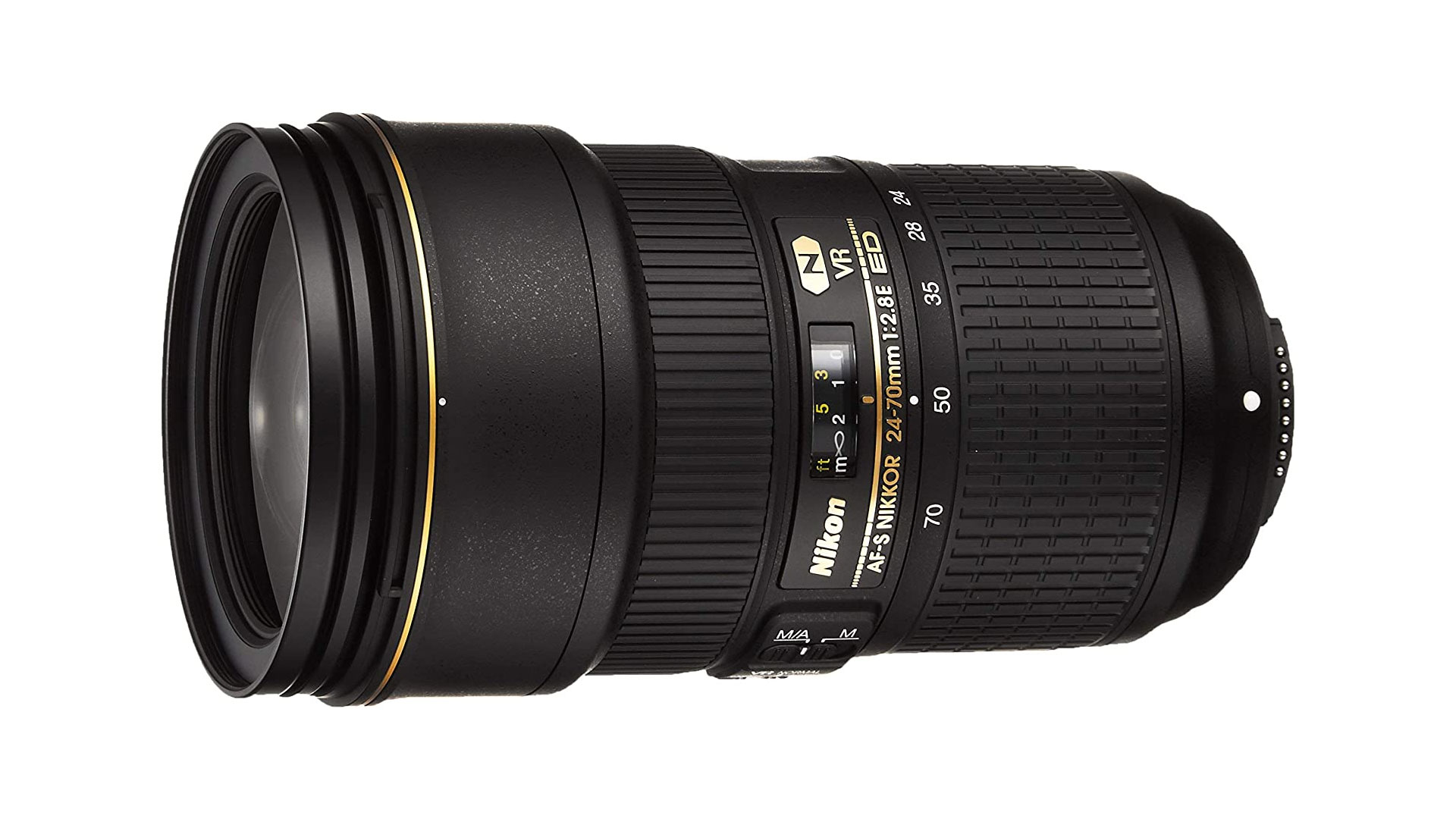
Specifications
Reasons to buy
Reasons to avoid
This list wouldn’t be complete without including the legendary Nikon AF-S 24-70mm f/2.8E ED VR. A real workhorse, it’s fully weather-sealed and feels pretty bulletproof. Supremely sharp through the focal length range and across the frame, it has minimal color fringing and, thanks to the fluorine coating which actively repels water, dirt and more.
The fast aperture, when paired with four stops of Vibration Reduction, is a beast in low light and makes it helpful for weddings, indoor events, or even astrophotography. There’s a reason this is one of Nikon’s holy trinity of DSLR lenses.
Read more: Nikon AF-S 24-70mm f/2.8E ED VR review
Best wide-angle lens for the D750
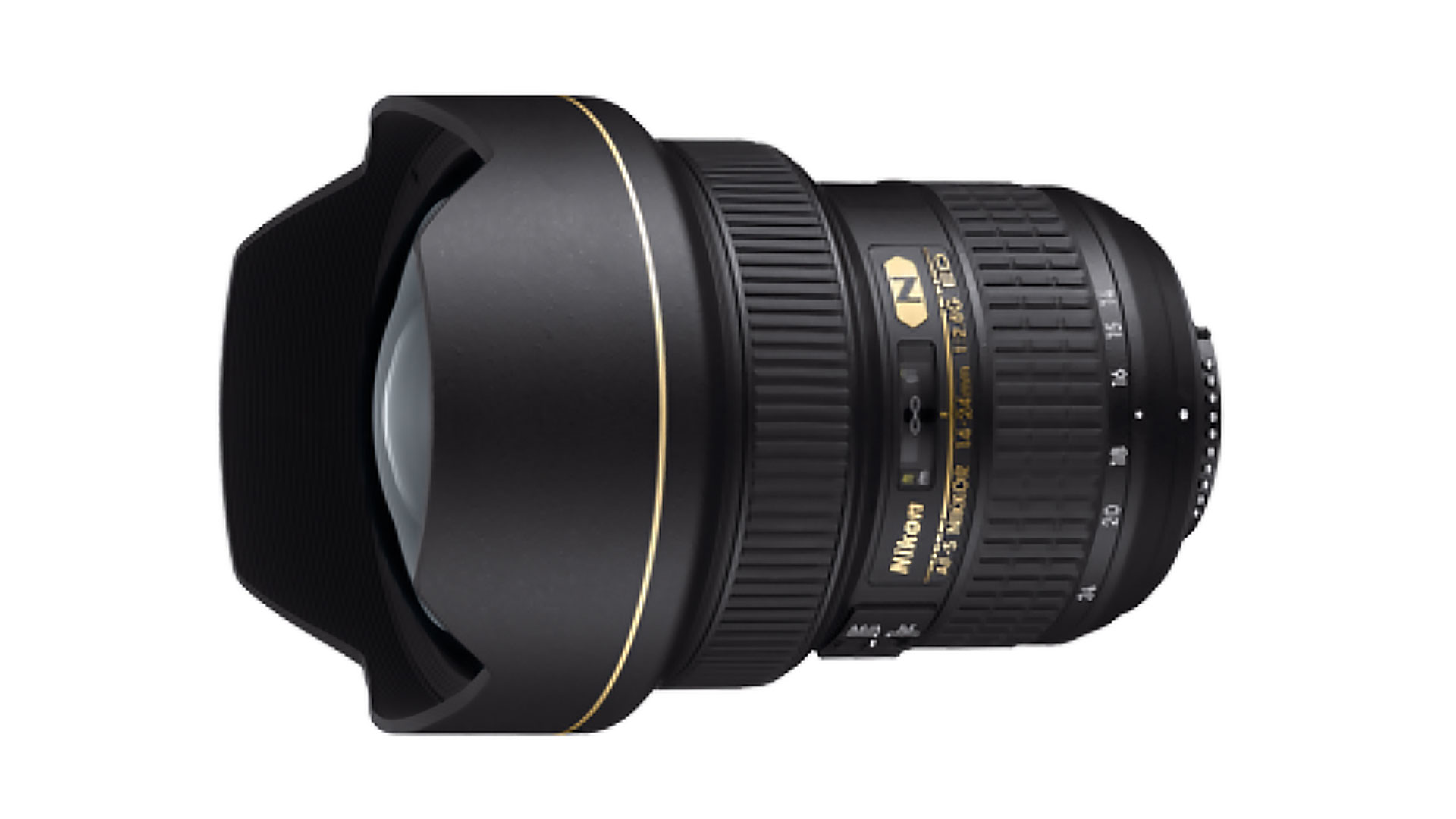
Specifications
Reasons to buy
Reasons to avoid
Arguably the best ultra-wide DSLR zoom lens you can get for the Nikon D750, the AF-S 14-24mm f/2.8G ED has extra-low dispersion glass and nano crystal coating to reduce color fringing and ghosting.
This high-performance lens delivers really impressive image quality and is a favorite of many pro photographers. My only niggle is that the protruding front element means filters require a specialist mount and need to be huge, but that's par for the course with this type of lens. Overall, it's simply an incredible lens.
Read more: Nikon AF-S 14-24mm f/2.8G ED review
Best portrait lens for the D750
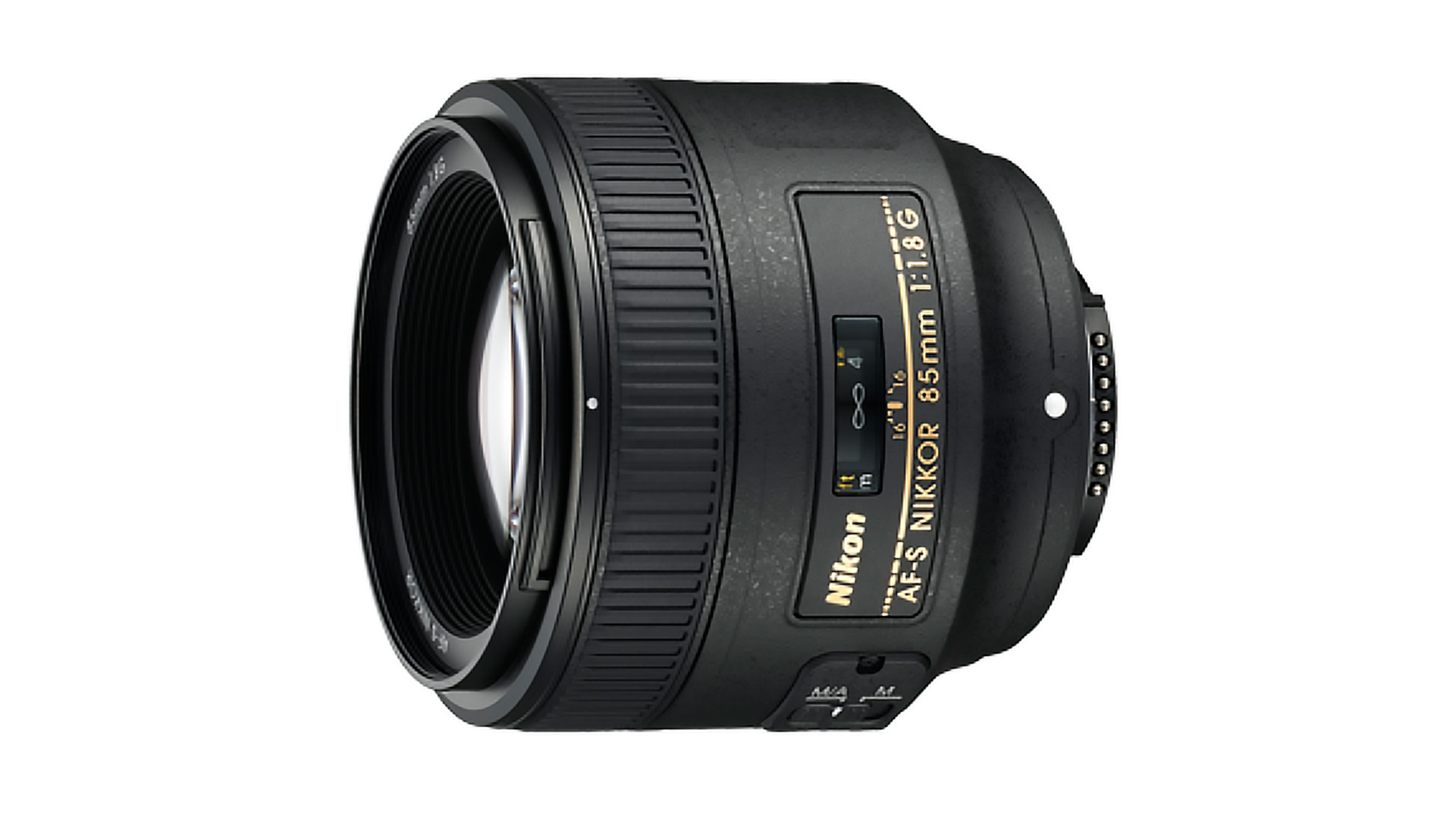
3. Nikon AF-S 85mm f/1.8G
Our expert review:
Specifications
Reasons to buy
Reasons to avoid
Known for their supreme ability to shoot great portraits, 85mm lenses are sought after for their flattering perspective compression and wide maximum apertures, with this lens being no exception.
The Nikon AF-S 85mm f/1.8G, while not as fast as the 85mm f/1.4G, offers much better value for money considering its maximum aperture is only marginally narrower. Fast autofocusing and optical characteristics like soft vignetting and gorgeous bokeh make this a favored lens among portrait photographers.
Read more: Nikon AF-S 85mm f/1.8G review
Best telephoto lens for the D750
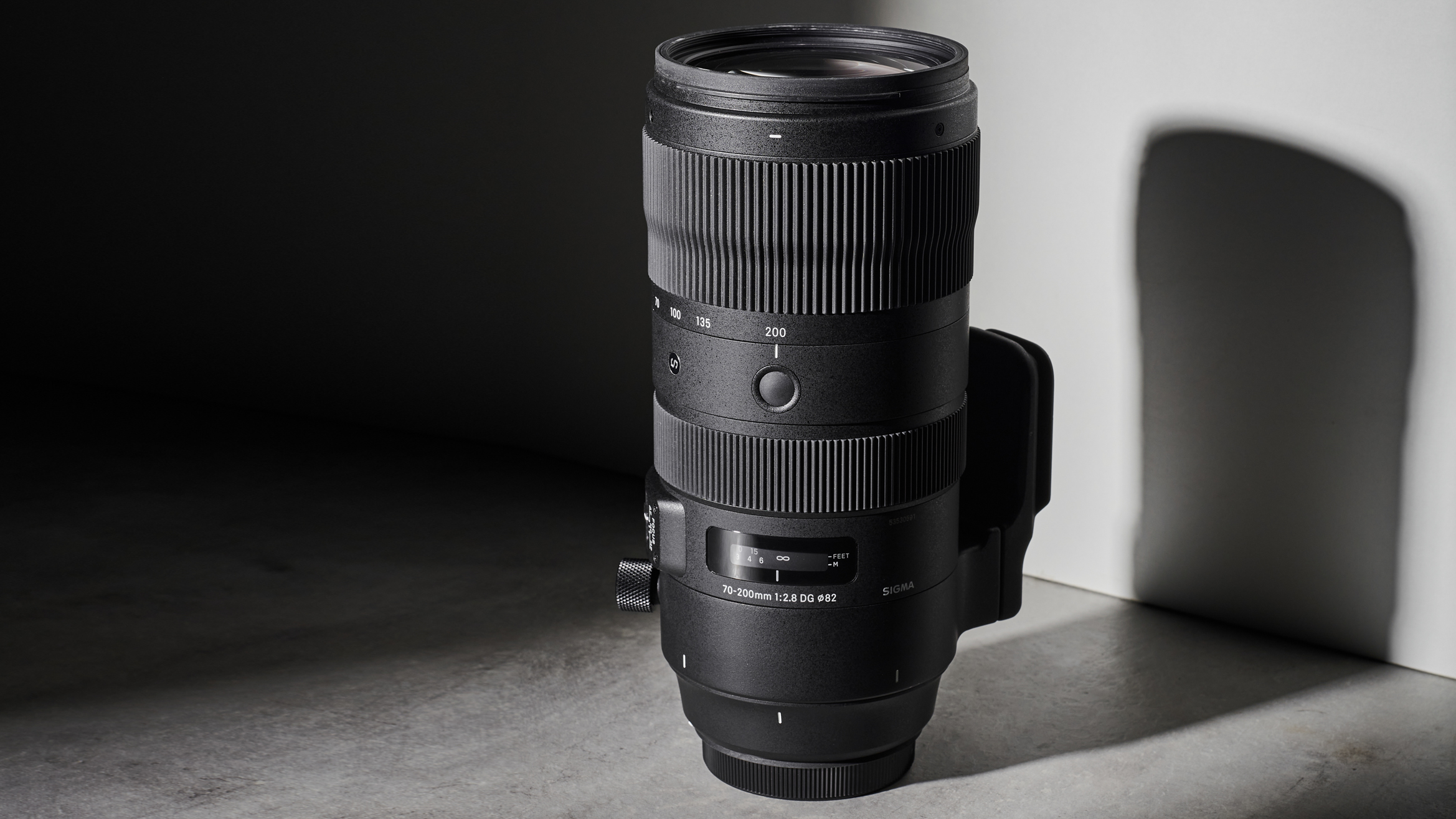
Specifications
Reasons to buy
Reasons to avoid
A 70-200mm f/2.8 is a must-have lens for most pros, including wedding, sports, wildlife and documentary photographers. Top-flight Nikon professional photographers may still stay loyal to own-brand Nikon glass and choose the Nikon AF-S 70-200mm f/2.8E FL ED VR, but this Sigma Sports alternative matches the Nikon in almost every respect – handling, performance and image quality. And it does all this whille costing a great deal less.
Sharpness and contrast are excellent throughout the entire zoom range, even when it’s set to its widest aperture. The autofocus system is very responsive, with a high degree of accuracy.
Read more: Sigma 70-200mm f/2.8 DG OS HSM Sport review
Best super-telephoto lens for the D750
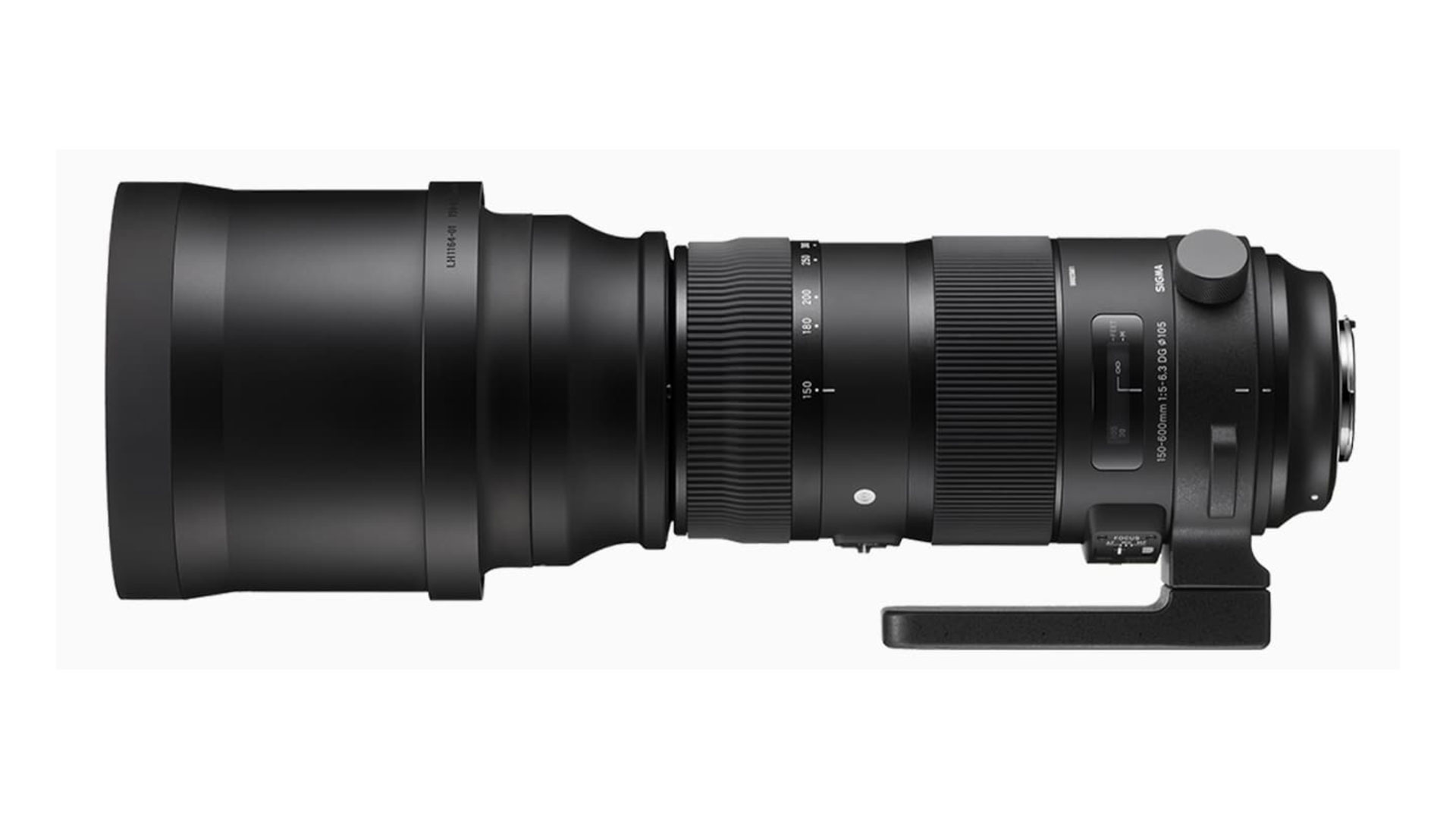
Specifications
Reasons to buy
Reasons to avoid
If you’re looking for a super-telephoto lens with a handy zoom range, Sigma’s 150-600mm f/5-6.3 DG OS HSM | S is our pick of the bunch. A step up from the company’s Contemporary edition of the same focal length, this lens is comparatively larger and contains two FLD (ultra-low dispersion) elements to keep chromatic aberration at bay.
This lens benefits wildlife photographers, or those into aviation or motorsports, or indeed sports of any kind, but due to its size and weight, you will likely want to pair it with a monopod to take the load off.
Read more: Sigma 150-600mm f/5-6.3 DG OS HSM Sports review
Best astrophotography lens for the D750
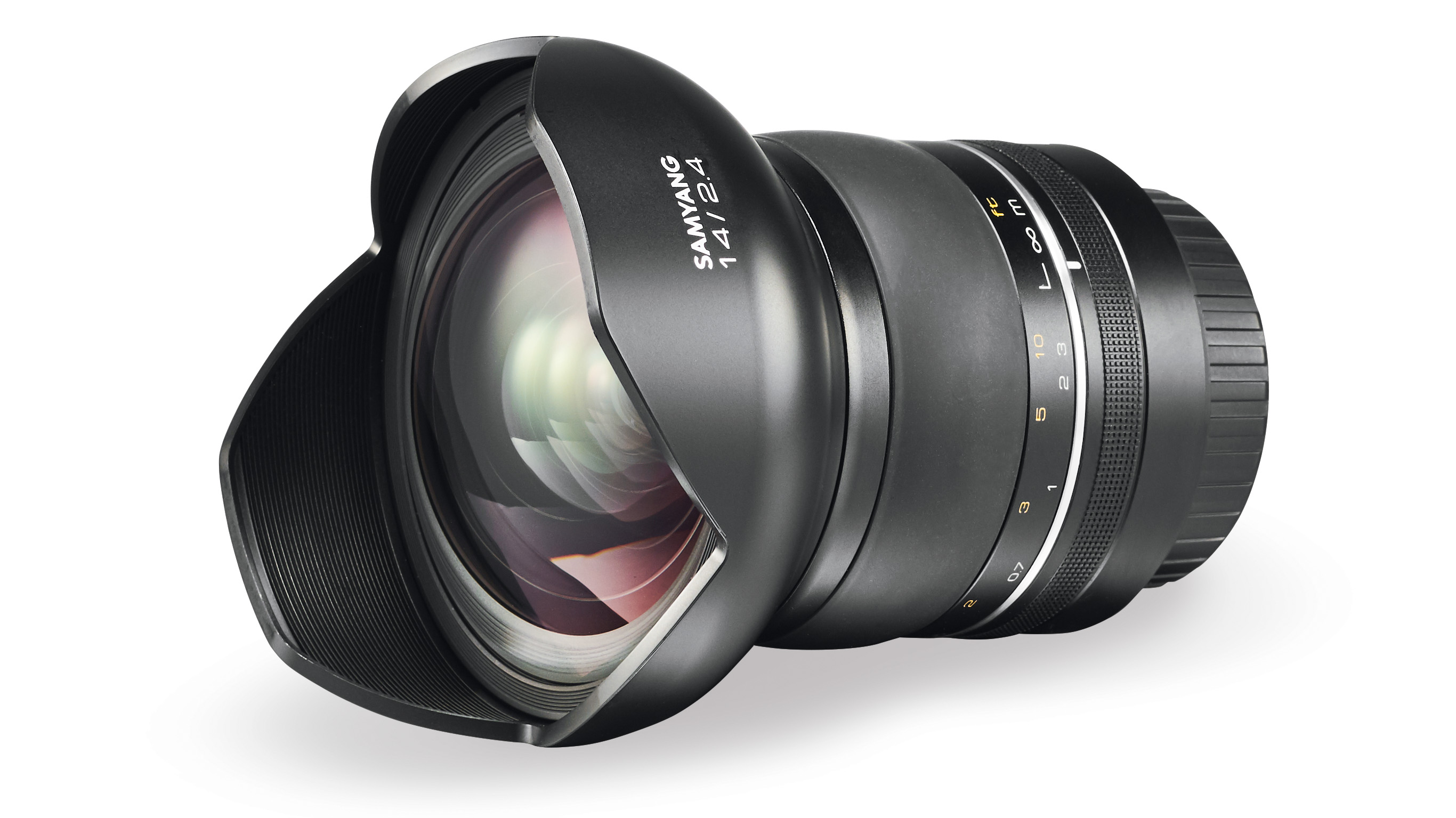
Specifications
Reasons to buy
Reasons to avoid
Sold as the Rokinon SP 14mm f/2.4 in North America, this is a great super-wide lens for shooting the Milky Way, thanks to its ability to capture a big stretch of the night sky and its wide maximum aperture.
During our testing, we were hugely impressed by the way this lens maintained image quality at its widest aperture, right out to the edges and corners of the frame. For my money, that's an essential trait for astrophotography. Maintaining this level of image quality at the widest aperture is a genuine challenge in such a wide-angle lens, but this Samyang pulls it off.
Read more: Samyang XP 14mm f/2.4 review
Best macro lens for the D750
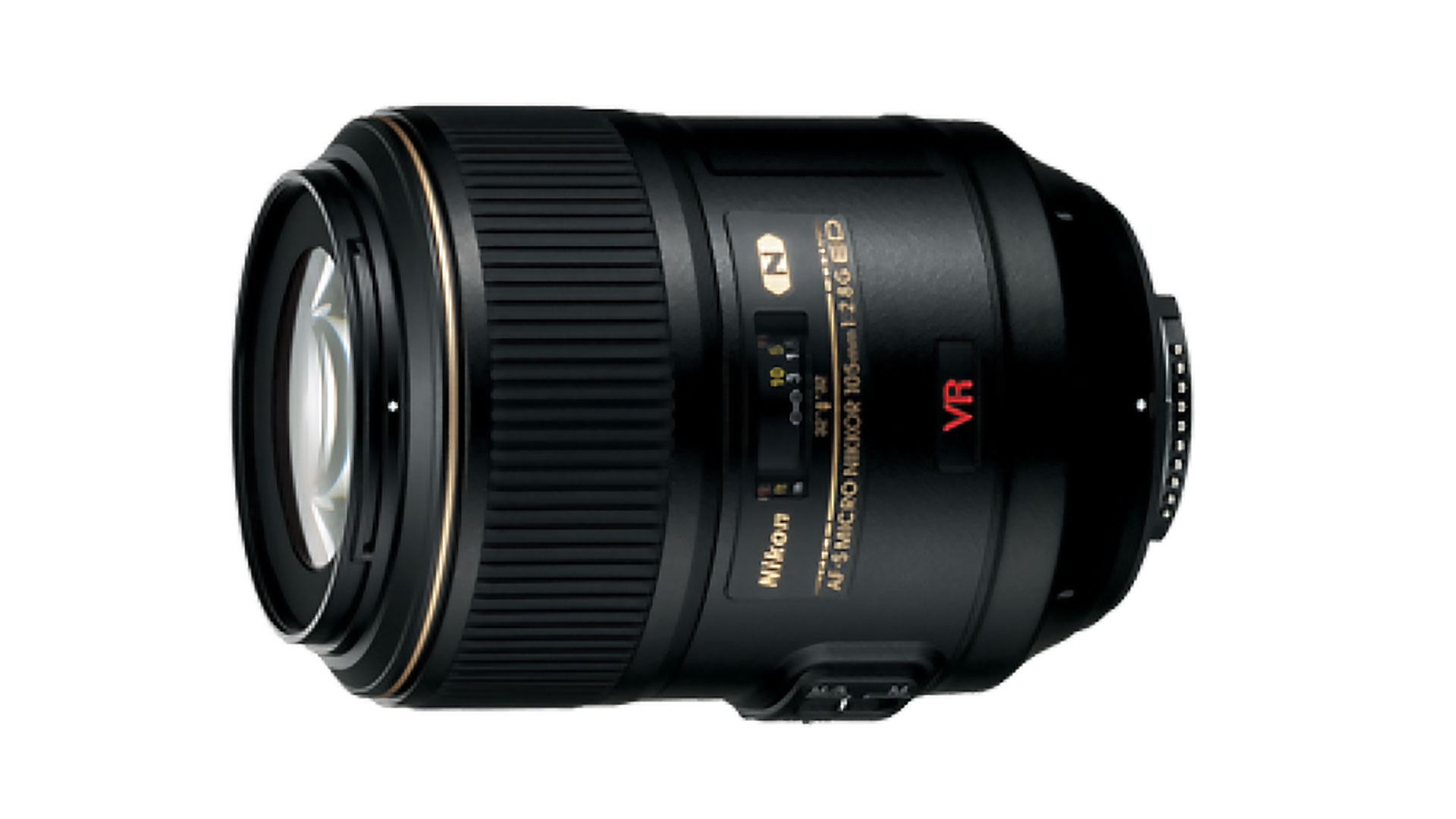
7. Nikon AF-S VR Micro-Nikkor 105mm f/2.8G IF-ED
Our expert review:
Specifications
Reasons to buy
Reasons to avoid
Sadly it's discontinued. Find a new one if you can or buy used. This macro lens offers a great balance between close-up focusing and a compact size. It’s able to be used as a genuine macro lens due to the 1:1 reproduction ratio, which means a subject appears the same size in real life as it does on the image sensor. Not only this, but the lens focuses to infinity which, thanks to the longer 105mm focal length, also makes it pretty ideal for portraiture.
It has impressive four-stop Vibration Reduction built-in, but this drops down to three stops when the reproduction ratio reaches 1:2 and two stops when shooting at 1:1. Personally, I think that's a bit academic, as I'd always use a tripod for macro photography anyway.
Read more: AF-S VR Micro-Nikkor 105mm f/2.8G IF-ED review
Lab data and comparisons
The graphs below show the comparative performance of the lenses in this guide, based on our in-house lab tests. All of the lenses in this group perform very well in terms of sharpness, although corner-sharpness is disappointing for the ultra-wide-angle Nikon AF-S 14-24mm f/2.8G ED, which also exhibits heavy barrel distortion at the short end of its zoom range.
Scores for sharpness and color fringing are averaged from data taken across the entire image frame, from the center to the edges and corners, throughout the aperture range. For zoom lenses, the scores are also averaged from data measured at all marked focal lengths, and the same applies to distortion. Bear in mind that these average values don't fully reflect specific areas of performance. For example, a zoom lens might have noticeable barrel and pincushion distortion at its shortest and longest focal lengths respectively, which tends to average out when looking at the data overall. For more detailed graphs of each lens's performance, which give the full picture, check out the graphs in our full standalone lens reviews.
How to choose the best lens for the Nikon D750
Which lenses fit the Nikon D750?
The D750 uses the Nikon F mount and is compatible with all lenses designed for that mount. Nikon’s own F-mount lenses have AF-S or AF-P at the start of their model names.
Some F-mount lenses are designed for use with APS-C format cameras rather than full-frame cameras such as the D750. Nikon lenses that fall into this category have DX as part of their model names. While they physically fit on the D750, these lenses produce a cropped image. None of the lenses in this guide is a DX-format lens.
If you are buying a third-party lens for the D750, always check that it is designed for full-frame (or FX) Nikon cameras like the D750, rather than APS-C (or DX) Nikons.
The D750 is not able to use Z lenses, which are made for use with Nikon’s mirrorless Z cameras. If you upgrade to a Z camera later, you can buy an adapter that allows most F-mount lenses to work with your new camera.
How do I know which lens to get for my D750?
The reason there are so many types of lens in the first place is that different scenes demand different lens designs, particularly when it comes to focal length and aperture rating.
Usually, you will decide what you want to photograph, then get a lens with the focal length that suits the situation. For example, to shoot landscapes you will need a wide-angle lens, while for sports and wildlife you will need a telephoto.
You can watch this video that explains focal length: it helps you work out what kind of lenses you need for different genres of photography.
How we test lenses
The lens experts in our testing lab run a range of tests under controlled conditions, using the Imatest Master testing suite. Photos of test charts are taken across the range of apertures and zooms (where available), then analyzed for sharpness, distortion and chromatic aberrations.
We use Imatest SFR (spatial frequency response) charts and analysis software to plot lens resolution at the centre of the image frame, corners and mid-point distances, across the range of aperture settings and, with zoom lenses, at four different focal lengths.
There's more to it than just the technical side, though! Beyond the lab, our reviewers test lenses in real-world environments – and sometimes on professional shoots! We work with lenses both indoors and outdoors, in studio conditions and in natural light, with as many different subjects as is possible (or appropriate – there's no point testing a landscape lens' ability to shoot a portrait!).
We take into account everything from handling and ease of use to speed of autofocus and the overall quality of the images produced.
Find out more about how we test and review on Digital Camera World
Get the Digital Camera World Newsletter
The best camera deals, reviews, product advice, and unmissable photography news, direct to your inbox!
Jase Parnell-Brookes is an award-winning photographer, educator and writer based in the UK. They won the Gold Prize award in the Nikon Photo Contest 2018/19 and was named Digital Photographer of the Year in 2014. After completing their Masters Jase has spent a good chunk of two decades studying and working in photography and optics shooting and writing all over the world for big-name brands and media outlets. Now the Channel Editor for Cameras and Skywatching at Space.com their speciality is in low light optics and camera systems.
